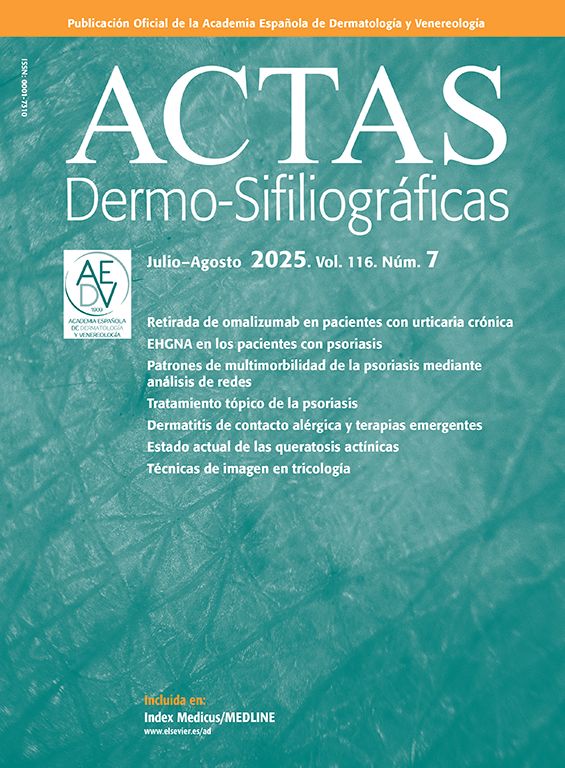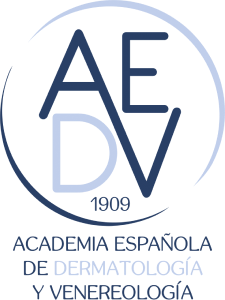was read the article
| Year/Month | Html | Total | |
|---|---|---|---|
| 2025 8 | 136 | 20 | 156 |
| 2025 7 | 690 | 94 | 784 |
| 2025 6 | 685 | 123 | 808 |
| 2025 5 | 928 | 101 | 1029 |
| 2025 4 | 858 | 111 | 969 |
| 2025 3 | 801 | 90 | 891 |
| 2025 2 | 911 | 126 | 1037 |
| 2025 1 | 739 | 102 | 841 |
| 2024 12 | 641 | 87 | 728 |
| 2024 11 | 536 | 105 | 641 |
| 2024 10 | 407 | 77 | 484 |
| 2024 9 | 518 | 75 | 593 |
| 2024 8 | 586 | 113 | 699 |
| 2024 7 | 626 | 101 | 727 |
| 2024 6 | 491 | 139 | 630 |
| 2024 5 | 571 | 126 | 697 |
| 2024 4 | 477 | 112 | 589 |
| 2024 3 | 512 | 123 | 635 |
| 2024 2 | 633 | 164 | 797 |
| 2024 1 | 782 | 124 | 906 |
| 2023 12 | 730 | 85 | 815 |
| 2023 11 | 715 | 156 | 871 |
| 2023 10 | 783 | 180 | 963 |
| 2023 9 | 536 | 116 | 652 |
| 2023 8 | 419 | 102 | 521 |
| 2023 7 | 411 | 80 | 491 |
| 2023 6 | 363 | 103 | 466 |
| 2023 5 | 362 | 98 | 460 |
| 2023 4 | 261 | 71 | 332 |
| 2023 3 | 400 | 140 | 540 |
| 2023 2 | 140 | 77 | 217 |
| 2023 1 | 130 | 60 | 190 |
| 2022 12 | 112 | 76 | 188 |
| 2022 11 | 108 | 85 | 193 |
| 2022 10 | 6 | 31 | 37 |




